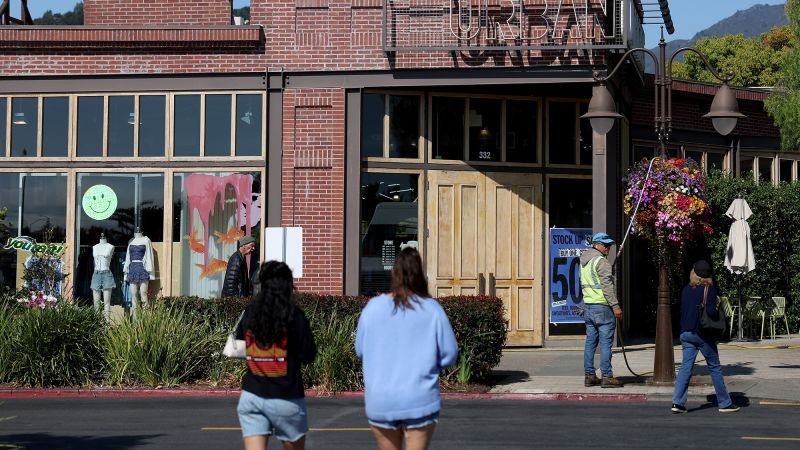Urban Outfitters, a retailer known for its alternative and vintage-inspired styles, is struggling to connect with Gen Z customers, leading to a decline in sales. The brand admitted to missing the rapid shifts between millennials and Gen Z during the pandemic, causing a loss of focus on their target demographic. In response, the company is undergoing a turnaround to regain its standing in the market and become the definitive brand for young adults.
The decline in sales at Urban Outfitters is a stark contrast to the growth seen in other brands within its conglomerate, such as Anthropologie and Free People. This decline has highlighted the importance of understanding the consumer landscape and adapting to meet the needs of the target demographic. With the end of the Covid stimulus, the retail environment has become more competitive, emphasizing the need for businesses to differentiate themselves and capture market share.
Abercrombie & Fitch, a rival of Urban Outfitters, successfully executed a brand turnaround by evolving its core values and adapting to the changing preferences of its customers. Unlike Abercrombie, Urban Outfitters has struggled to market itself effectively towards the younger generation, missing out on key opportunities to engage high schoolers and college students. However, Urban Outfitters does have the advantage of not facing the same legacy of discrimination and harassment lawsuits as Abercrombie.
To drive its brand recovery, Urban Outfitters has outlined five pillars focusing on identifying and marketing towards its target customer. Gen Z consumers are significantly different from millennials in terms of size, ethnicity, and tastes, requiring a shift in the company’s approach. The brand is expanding its customer base to include suburban teenagers, college students, and post-college young adults, moving beyond its traditional alternative aesthetic.
In response to changing consumer preferences, Urban Outfitters is adjusting its pricing strategy and in-store experience to attract Gen Z customers. Some changes include lowering prices on popular styles, resizing brick-and-mortar locations, and relocating stores to better target customers. However, social media users have been critical of the price reductions, noting that some prices have not actually decreased. Ultimately, Urban Outfitters recognizes the importance of marketing and engaging with Gen Z consumers to drive its brand recovery.











